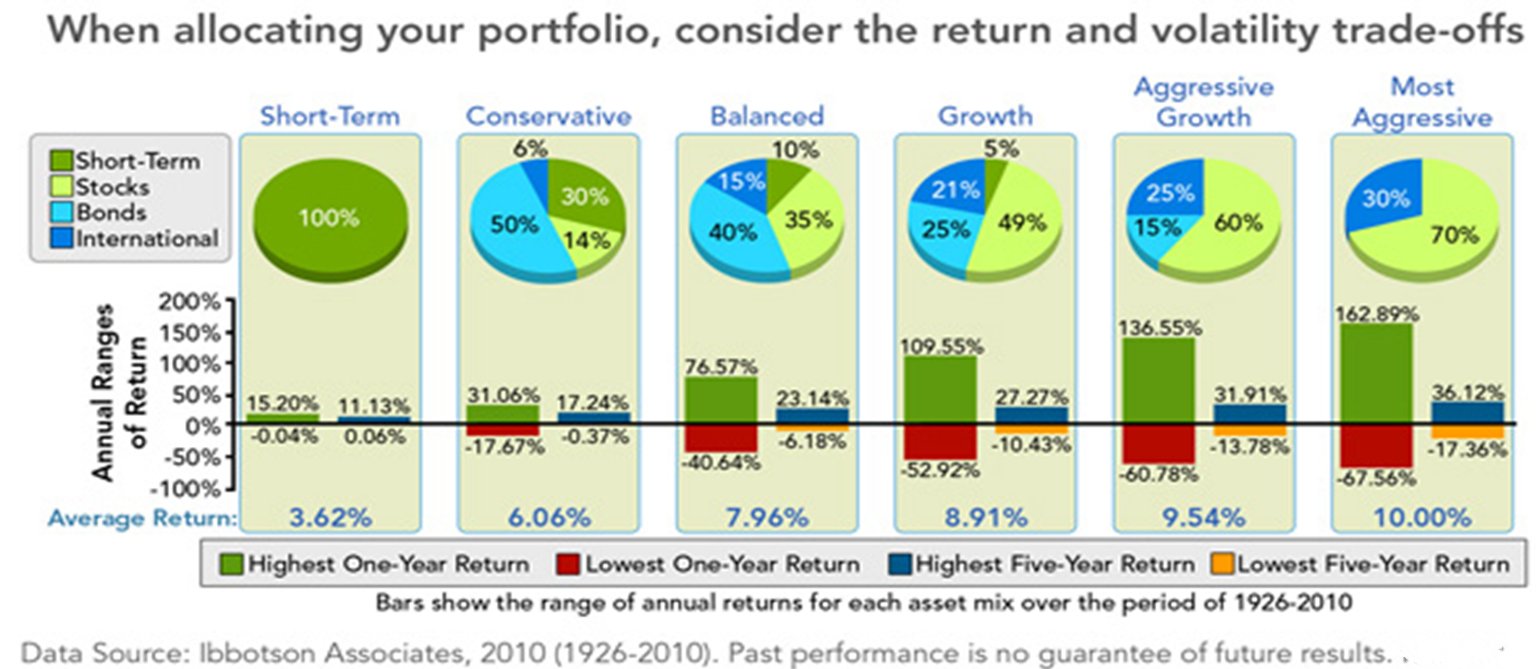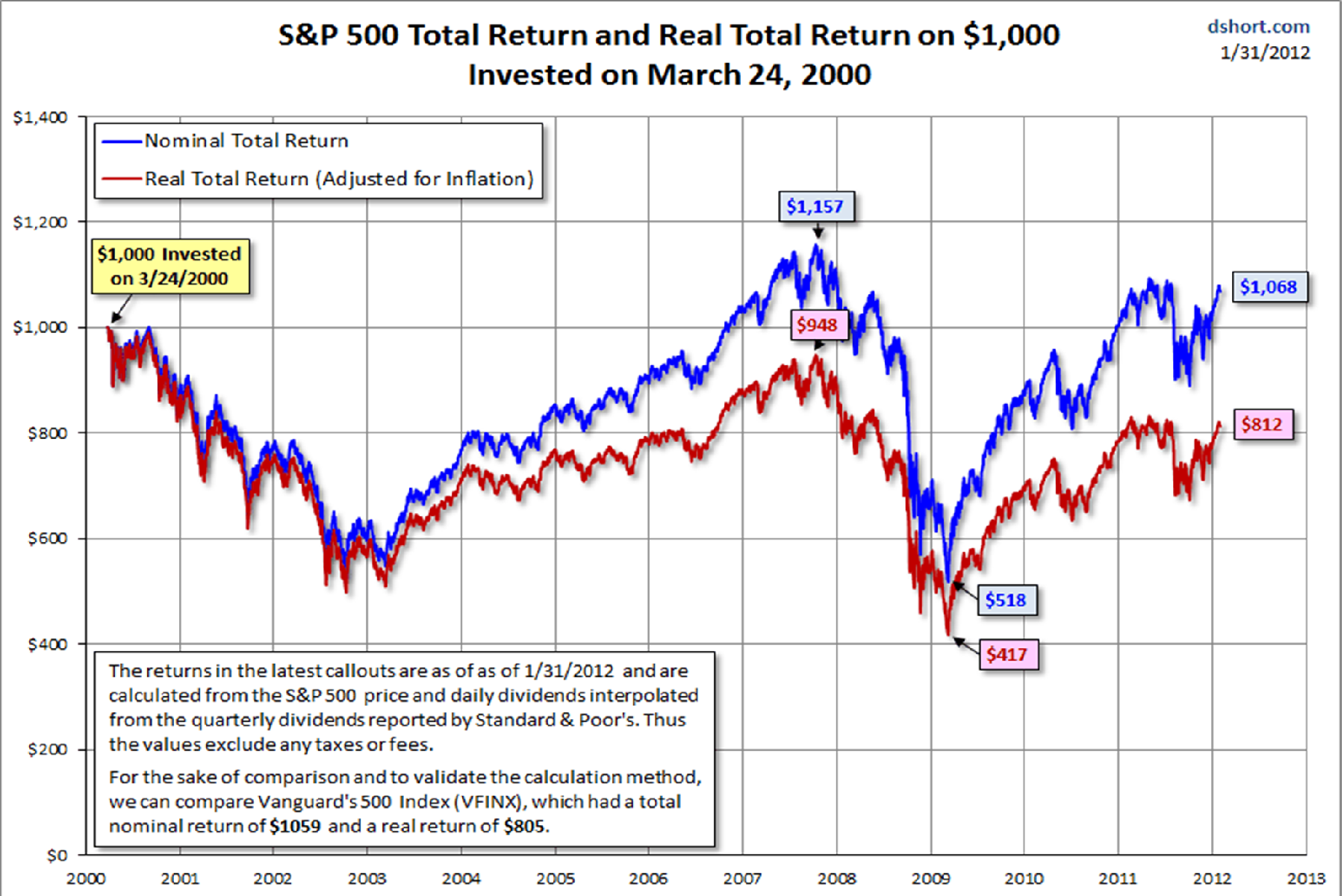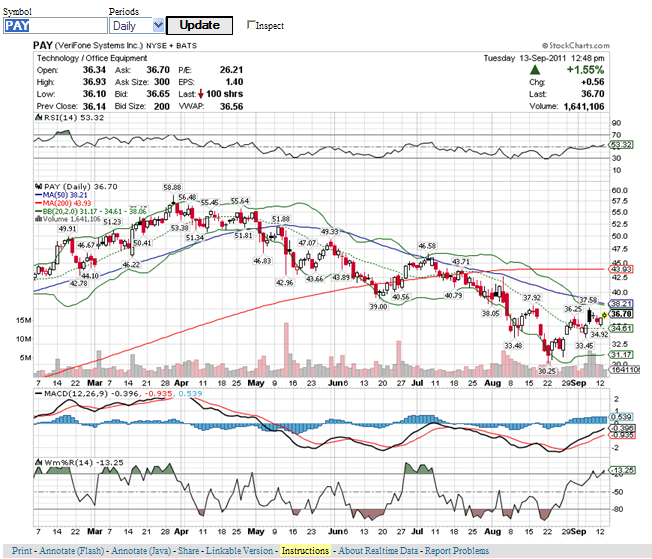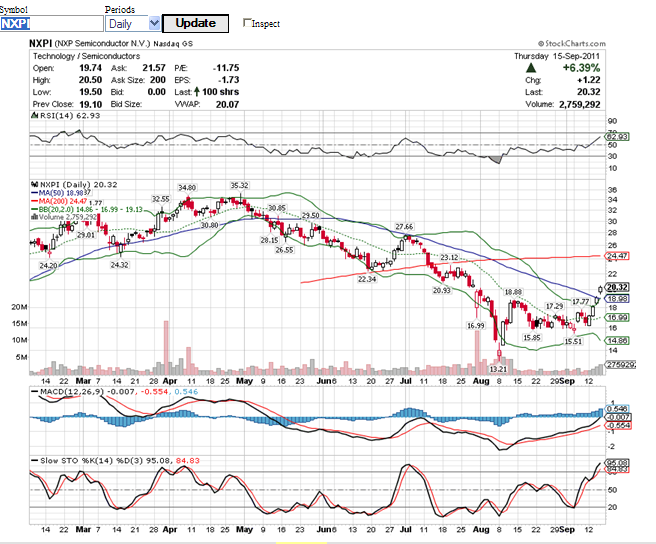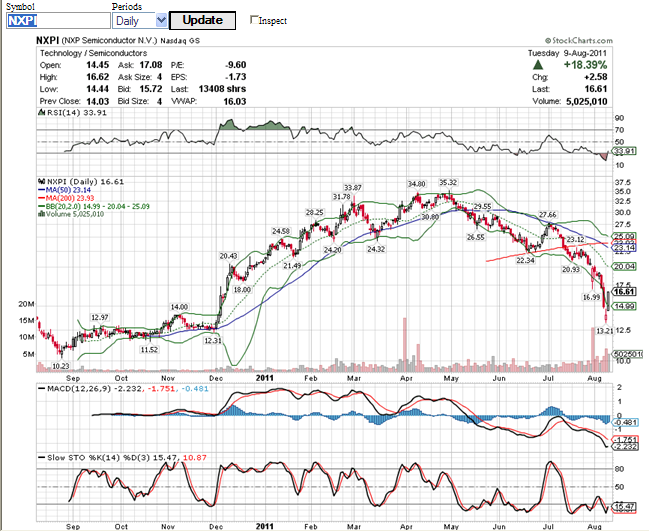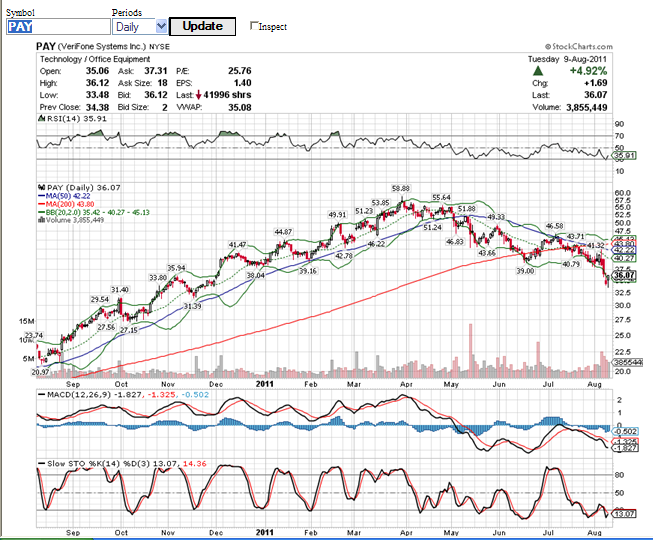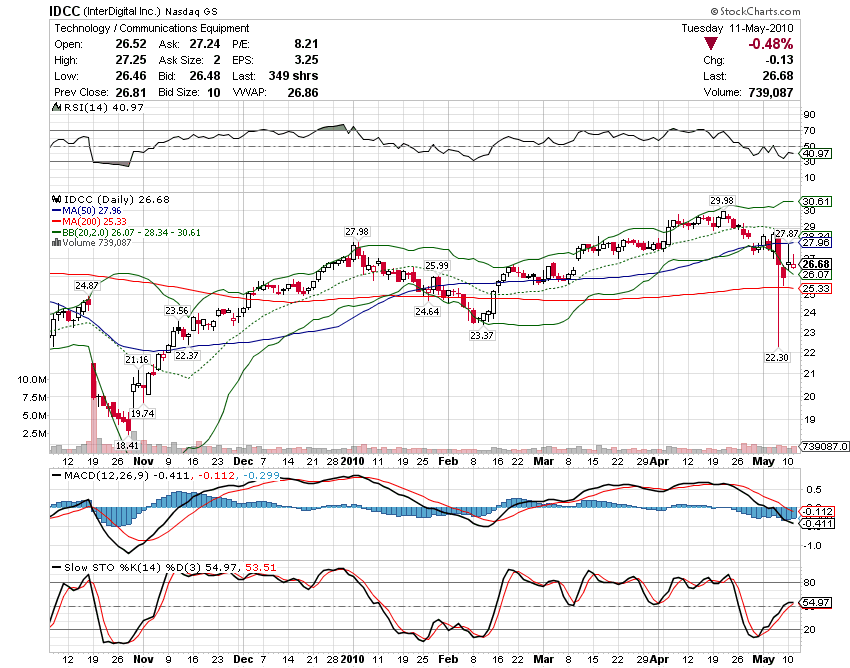The Healthcare Act & Industries Affected
Thursday, July 19th, 2012The Supreme Court decision to uphold the Affordable Care Act will have a wide ranging effect on the healthcare industry. Hospitals, health insurers, drug-makers, physicians and technology companies will be affected. Below listed are the industries and selected individual related companies.
1. Hospitals will benefit — 16 to 20 million patients gain insurance coverage for payment. Fewer losses from treating the uninsured since the legislation mandates that everyone buy healthcare insurance or pay a penalty.
• Since the Supreme Court decision on June 28th, 2012, the Hospital Industry gains approximately 5% with many stocks currently consolidating.
Hospital Name Symbol
Tenet Healthcare (THC)
HCA Holdings (HCA)
Health Management Associates (HMA)
Community Health Systems (CYH)
Vanguard Health Systems (VHS)
Lifepoint Hospital Inc. (LPNT)
2. Individual insurance plans or (Health Care Plans) will be hurt by burdensome rules placed on these companies. (Companies will have to accept all patients and spend at least 80% of their collected premiums on patient care).
• The Health Care Plans industry corrected sharply near 10% since June 28th, 2012. Aetna (AET) and Humana (HUM) missed estimates in the 1st quarter.
Insurance Company (Symbol)
Aetna (AET)
Cigna (CI)
Coventry Healthcare (CVH)
Wealthpoint (WLP)
UnitedHealth Group, Inc (UNH)
Humana Inc. (HUM)
Healthnet Inc. (HNT)
Wellcare Healthcare (WCG)
3. Medical Device Manufacturers may see a decrease in profits. The law affirms the imposition of a 2.3% excise tax on all medical devices and expanded reporting of payments to physicians and institutional providers as mandated by the Sunshine Act.
• Many stocks in the Medical Device Manufacturing Industry remain fairly stable due to relatively high dividends.
Company (Symbol)
Boston Scientific (BSX)
Medtronic (MDT)
Hologic Inc (HOLX)
St. Jude Medical (STJ)
Stryker Corp. (SYK)
Zimmer Holdings Inc (ZMH)
4. Pharmaceutical Manufacturers and biologics companies will need to address sweeping changes to Average Manufacturer Price (AMP) and Best Price (BP); i.e. (gov’t dictates prices?).
• Pharmaceutical companies remain fairly stable due to relatively high dividends.
Company (Symbol)
Merck & Co. Inc (MRK)
Pfizer Inc (PFE)
Bristol-Myers Squibb Co. (BMY)
Eli Lilly & Co. (LLY)
Sanofi (SNY)
GlaxoSmithKline Plc (GSK)
Novatis (NVS)
5. Information Technology companies — selected EHR companies will benefit from the implementation and adoption of digital patient records.
• Selected Healthcare Information Services companies will benefit from the $18 billion subsidy to help physicians and hospitals purchase Electronic Health Records(EHR).
Company (Symbol)
Cerner Inc (CERN)
HMS Holdings (HMSY)
AthenaHealth, Inc (ATHN)
Qualily Systems Inc (QSII)
Allscript Healthcare Solutions Inc (MDRX)
Computer Programs and Systems Inc (CPSI)
6. Long-term care, skilled-nursing facility, home healthcare, rehab centers may experience negative affects from Medicare rate cuts.
Company (Symbol)
Brookdale Senior Living Inc (BKD)
Sunrise Senior Living Inc (SRZ)
Kindred Healthcare Inc (KND)
Sun Healthcare Group, Inc (SUNH)
7. Temporary Staffing Companies may also benefit as companies hire temporary employees to reduce expenses.
• The Temporary Staffing Companies may benefit at a later dates; For the short-term, the major headwind for these companies is high employment rate.
Staffing Company (Symbol)
Manpower (MAN)
Kelly Services (KELYA)
Korn/Ferry Intl. (KFY)
Robert Half Intl. (RHI)
We will provide more in-depth research for each company listed above at a later date. For each company, we will examine in detail of each company’s fundamentals, technical analysis and catalysts to determine the appropriate buy/sell point. A clear understanding of the impact of the Affordable Care Act will provide the investor an edge when considering stocks in the healthcare sector.
